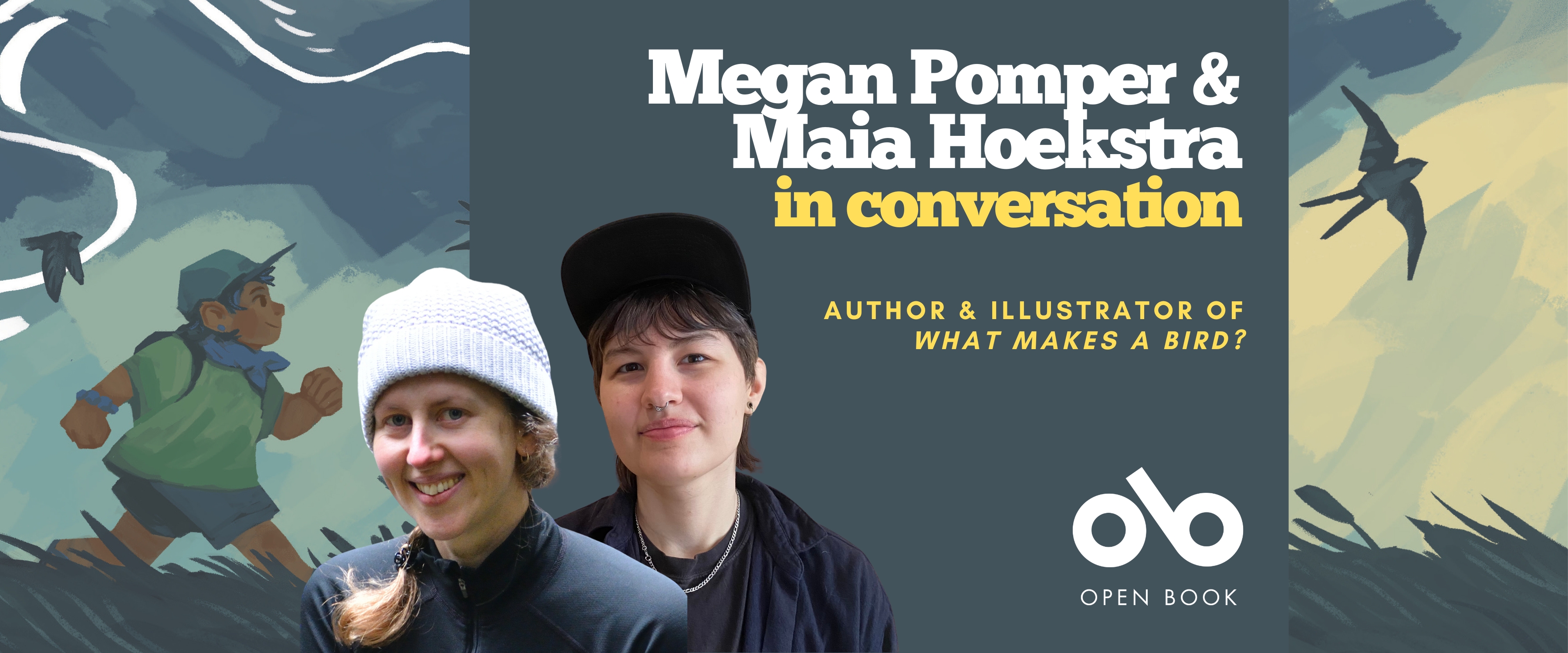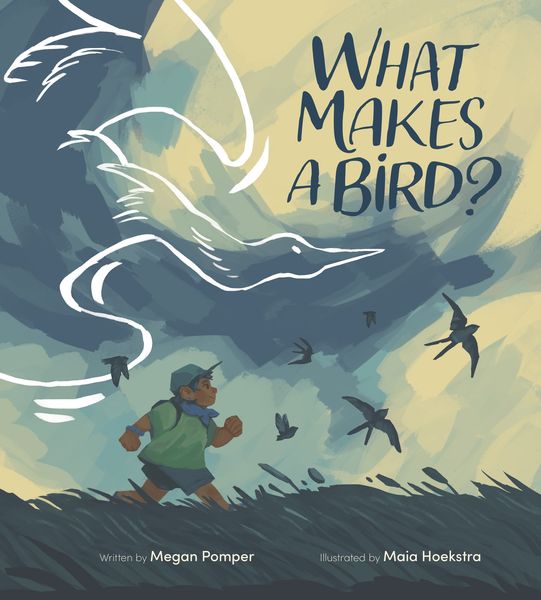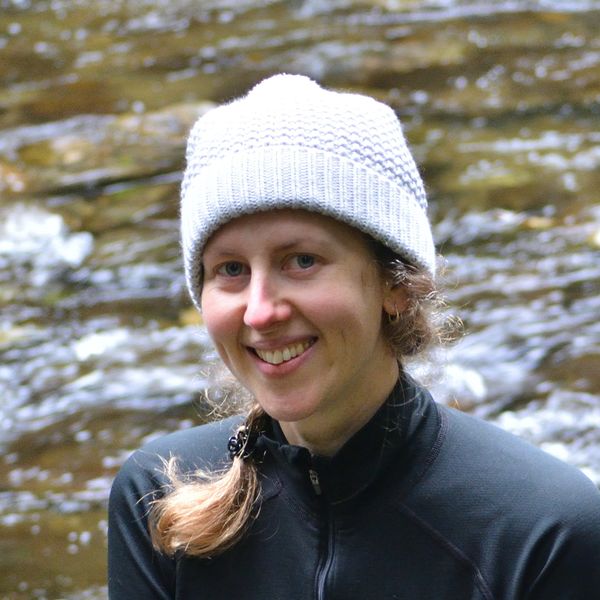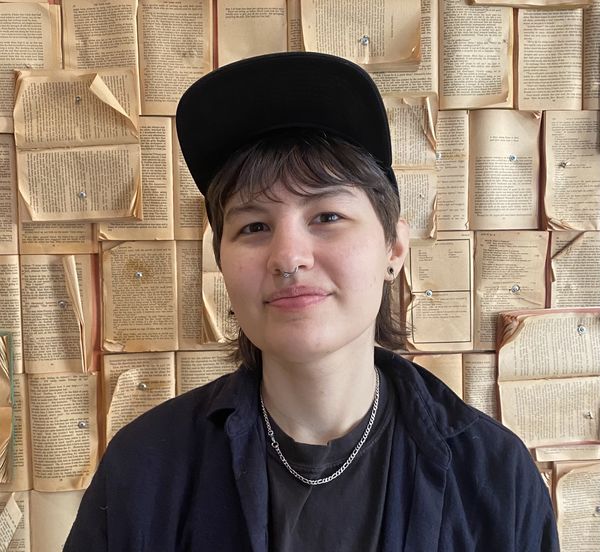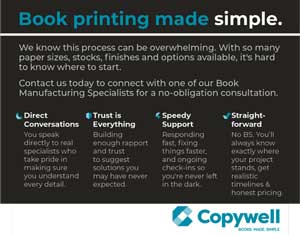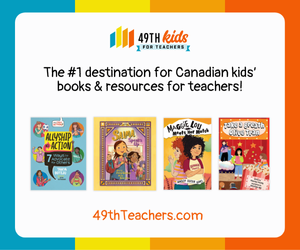Author Megan Pomper and Illustrator Maia Hoekstra Talk About What Makes a Bird?
The natural world and its wildlife, from the exotic to that which we see everyday, can be fascinating to young readers. And, some of the best picture books involving these topics find ways to engage with their audience by illuminating truths about these wonderful creatures and their habitats.
In What Makes a Bird? (Owlkids Books), the new work from author Megan Pomper and Illustrator Maia Hoekstra, we follow a child as they wander through nature. This particular character has one seemingly straightforward question: "What makes a bird a bird?" From there, the imagination wanders to other animals and how they are unique, and these creators explore the topic with aplomb, pondering not only what makes animals like birds, fish, turtles, and snakes what they are, but what makes us human as we experience the wild world around us.
The text is accompanied by gorgeous, colourful illustrations that will immerse readers in every page, and take them on a journey of discovery through this whimsical, inquiry-based story.
We're thrilled to share this KidLit Convo between both the author and illustrator of What Makes a Bird? Check it out right here on Open Book!
MH:
What do you hope young readers will take away from our book?
MP:
I wrote this story with a specific meaning behind the words that I hoped readers would interpret in the way I had intended. Your work, and the character, Wren, you created, was such a beautiful amplification of those ideas. But then we got the opportunity to experience the book through other people, and it helped me to better appreciate how personal the interpretations of our words and images can become.
If I were to try and boil it all down, I would say that I hope our book sparks curiosity in young readers – curiosity about the natural world, about the social world, about themselves, and beyond. I hope that curiosity leads to questions and thoughtful explorations, and a realization of the power that lies in discovering things for yourself. I also hope our book helps young readers appreciate that they have the ability to define themselves.
MH:
What was your workspace like while working on your part of the book? What do you need in order to make a work session successful (food, tools, music, rituals, etc)?
MP:
First and foremost, working with our publishing team, in and of itself, set the stage for successful work sessions. I was so supported and free to explore different thoughts and ideas and, because of that, this entire process has been so enjoyable.
Your CanLit News
Subscribe to Open Book’s newsletter to get local book events, literary content, writing tips, and more in your inbox
I don’t have an established work area at home, so my go-to workspace was generally the couch. It’s not the most ideal in terms of setup, but at the end of the day, it’s where I would end up and it worked just fine.
Evenings were my favorite time to work. It’s calmer and quieter, and, by that time, I’ve been able to mull things over long enough that I have a direction in mind once I get down to it. My husband was also usually working beside me at that time, which was great because I had someone to bounce ideas around with or just take a break and chat with.
MH:
What was the strangest or most memorable part of creating this book for you?
MP:
This was my first ever experience publishing a book, so every part was equally memorable and strange (in the best way!). There is so much more going on behind the scenes than I ever realized, and getting to peek in at the moving parts was so interesting. It is such a collaborative effort at every point, and I am so grateful for everyone that made their mark on this book.
That being said … I must highlight that getting my first glimpse of your work was a standout experience. When I wrote this book, I felt the words more than I pictured a story. Even after I was done writing, I never had a clear picture of what it could possibly look like as an illustrated book. It felt like the task of representing this story in a visual way was impossible. But then I saw your art and got to meet Wren and it felt like I was seeing the story take a breath and come to life. It was magical.
MP:
What was the strangest or most memorable part of creating this book for you?
MH:
This being my debut picture book will always be memorable! I am honoured that I’ve got to bring colour & life to your words. I am grateful for the creative freedom I was given. I was able to choose which birds to include for a majority of the spreads and that was such a treat! When I was given the transcript and saw the title, my heart soared. I knew this was going to be something special. I channeled my inner child’s wonder of birds into these illustrations.
MP:
What was your workspace like while working on your part of the book? What do you need in order to make a work session successful (food, tools, music, rituals, etc)?
MH:
I tried my best to keep my desk area tidy and equipped with hot beverages (tea, coffee, water) and snacks (cereal, fruit, trail-mix). I also moved into a new space at the time the project began so I made sure to have art & prints on the walls and warm lighting. There were times I would occasionally work with a friend at a library or cafe. Having another person present helped greatly. Taking a break to go for a short walk and return with another drink and treat was very helpful for long work sessions. I would also regularly journal my progress and the process of each spread, making sure to stay on track. While I always start out sketching and mind mapping on paper, most of the project was created using my iPad and a combination of Procreate & Photoshop and this had to be done at my desk. My work sessions were often accompanied by a variety of media such as audio books, music, podcasts, and sometimes YouTube gaming play-throughs or TV shows. And of course, Magnus was usually nearby for moral support.
MP:
Anything you want to tell me about your experience working on the book?
MH:
I couldn’t have asked for a better team. I felt accommodated and supported throughout this long process. It was easy to get overwhelmed since I have never worked with publishers before, but I was reassured every time I shared my ideas and progress. I learned a lot working on this project and it’s always going to have a significant place in my heart for being my first published kids illustration and I am so glad it was with you!
______________________________________
Megan Pomper grew up on the west and east coast of Canada and now resides in Brentwood Bay, British Columbia with her family. She has been an elementary school teacher since 2011 and earned her Master’s of Education in 2017. Megan is passionate about writing stories that make children feel intelligent, empowered, and happy.
Maia Hoekstra moved from the rural town of Dunnville, Ontario to Toronto in 2012 to study illustration at OCAD University. They reside in the city’s west end with their cat Magnus. From a very young age, creating art was actively part of their life. Maia has always felt a profound fascination with biodiversity and fantasy.
